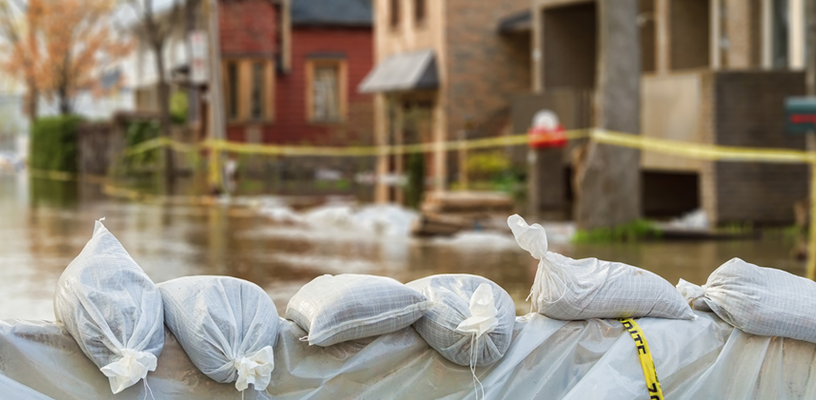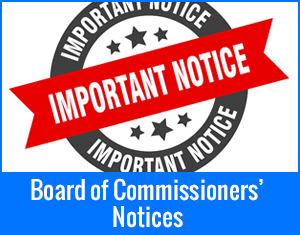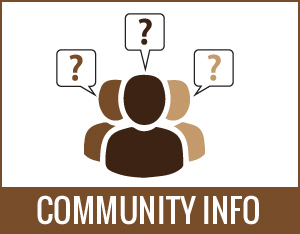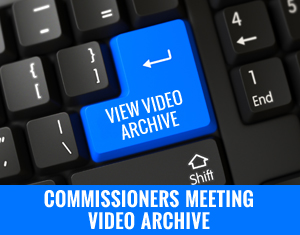
- By Sarah Frantz, MPH, CHES
- Posted Thursday, September 7, 2017
Food and Water Safety In A Weather Emergency
Weather emergencies can be scary and life threatening. Getting through a weather emergency safely is very important, and decisions made after a significant weather event can impact your health and safety. Ensuring safe water, food, and shelter is important to start recovery after a weather emergency has ended.
Before the Emergency:
If you know the weather emergency is likely to impact your area, it is always best to prepare ahead of time. Have items on hand that don’t require refrigeration or freezing, and can be eaten safely out of the package. Shelf stable food such as non-perishables, boxed or canned milk, bottled or canned water, canned goods and a hand held, non-electric can opener should be part of every emergency food supply. Make sure you have ready-to-eat baby formula, baby food, and pet food available that needs no refrigeration or extra preparation.
Storage of food and water is also important. In weather emergencies that bring flooding, it is important to keep food and water supplies off the floor and on higher shelving. Keeping food and water supplies out of contaminated flood waters is extremely important. If you have access to coolers, get them ready to store and keep food cold by cleaning them out and storing them where you can easily reach them.
Safe Water:
After an emergency, safe drinking water may not be readily available. DO NOT use water for personal use until you know it is safe. This includes using running water from sinks, baths, or hoses for cooking, bathing, teeth brushing, preparing food or baby formula, or washing clothes and dishes.
Contaminated water can be made safe by boiling, disinfecting, or filtering. Water that is contaminated with toxic chemicals or fuel will NOT be made safe with any method. Do not use water that has been contaminated with toxic chemicals or fuel.
Boiling Water:
If you do not have safe bottled water, you should boil water to make it safe to drink and use. Boiling is a method proven to make water safer by killing disease-causing organisms such as bacteria, viruses, and parasites. Bring water to a rolling boil for at least one full minute, and then allow to cool. Store boiled water in clean, sanitized containers with tight fitting caps or covers.
Disinfecting Water:
Water that is contaminated and unable to be boiled can be disinfected with unscented, household chlorine bleach, iodine, or chlorine dioxide tablets. Filter cloudy water through a clean cloth, paper towel, or coffee filter OR allow it to sit for a while to let sediments and other solids to settle to the bottom. Pour off the clear water into a different container and disinfect. To disinfect with household chlorine bleach, stir together 8 drops of bleach in each gallon of clear water. If disinfecting cloudy water, use 12 drops per gallon. Stir the mixture well and allow to stand, uncovered, for at least 30 minutes. Store the disinfected water in clean, sanitized containers with tight fitting caps or covers.
When using iodine or chlorine dioxide tablets, follow the manufacturer’s directions. Store the water in clean, sanitized containers with tight fitting caps or covers.
Filtering Water:
Many portable water filters can remove disease causing organisms from contaminated water. It is extremely important to read the manufacturer’s directions and recommendations before purchasing and using a water filter. You should always disinfect filtered water using a proper disinfection method, such as ones listed above. Do not assume portable water filters are able to filter out ALL disease causing bacteria, viruses, and parasites. For more information on water filters, see the CDC’s A Guide To Water Filters .
Safe Food:
Store food safely in the refrigerator and freezer by keeping the doors closed if the power is out. This helps keep in the cold air and slows down the thawing process. If you plan on eating food from the refrigerator or freezer, make sure the food is cooked to a safe minimum internal temperature to ensure any foodborne illness causing organisms are destroyed. If any food from the refrigerator or freezer has been above 40 degrees for more than two hours, throw it out. If temperatures are above 90 degrees, do not eat food that has been above 40 degrees for more than one hour. Perishable food such as meat, poultry, seafood, milk, and eggs that are not kept adequately refrigerated or frozen may cause illness if consumed, even when they are thoroughly cooked.
Throw away food that has come in contact with flood water or may have been contaminated with flood or storm water. Not all food containers are waterproof, and can be contaminated by flood or storm water. Food containers that are NOT waterproof include those with screw caps, snap lids, pull tops, and crimped caps. Discard cardboard juice, milk, and baby formula boxes and any home canned foods if they may have come in contact with contaminated water. They cannot be effectively cleaned or sanitized. Do not consume food that has an unusual odor, color, texture, or smell. Do not consume food from cans that are bulging, opened, cracked, dented, or damaged.
Thoroughly wash all metal cans, pots/pans, ceramic dishes, utensils, etc. with soap and clean water. Use hot water if it is available. Rinse each item and then sanitize them by boiling items in clean water for at least two minutes, or covering them for 15 minutes in a chlorine bleach solution. To make the solution, mix one tablespoon of unscented liquid chlorine bleach per gallon of water.
For more information please read the following resources:
US FDA Food and Water Safety During Power Outages and Floods ENGLISH / SPANISHCDC: Make Water Safe, ENGLISH / SPANISH
EPA: Emergency Disinfection of Drinking Water
USDA Keeping Food Safe During An Emergency






